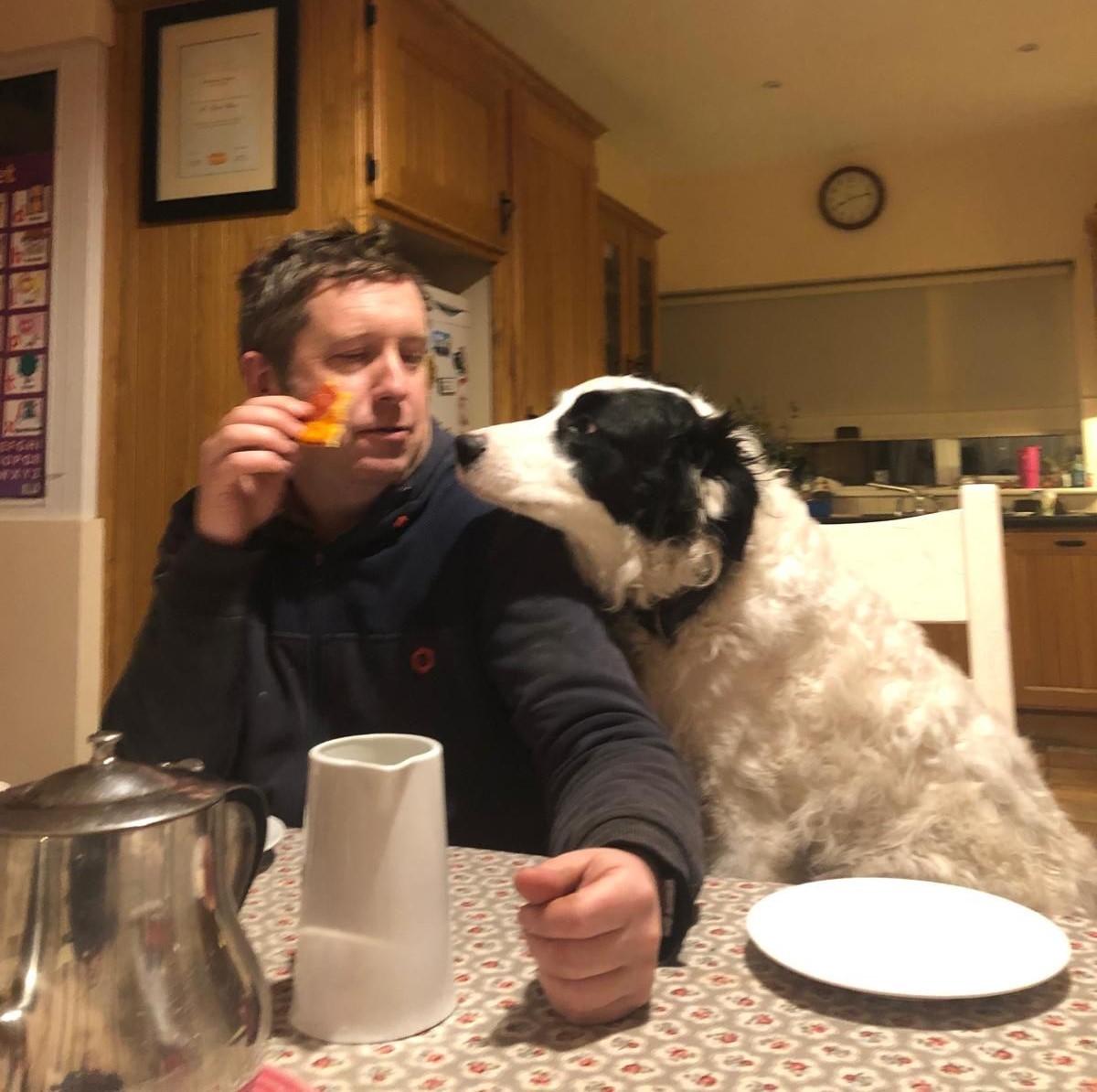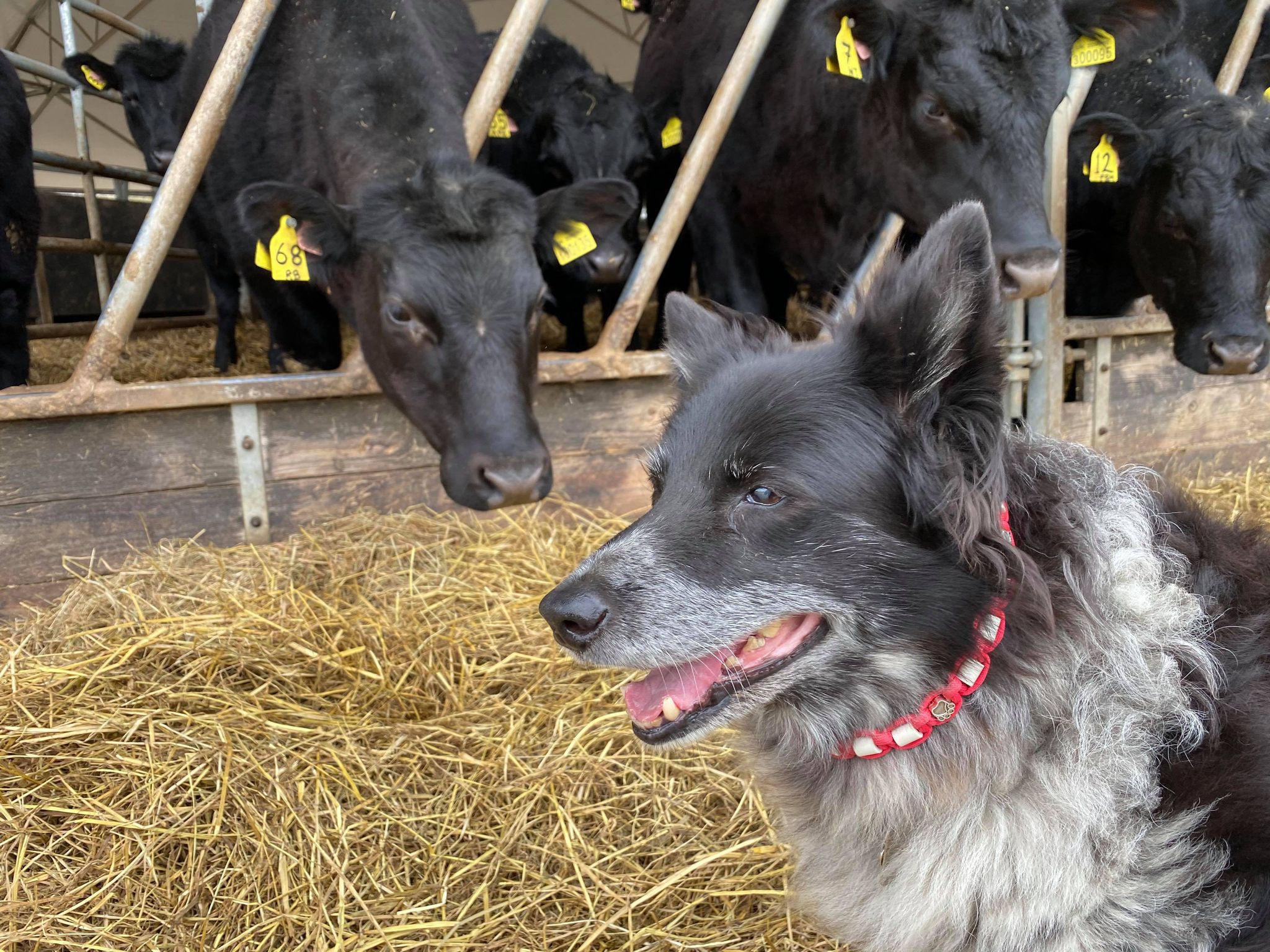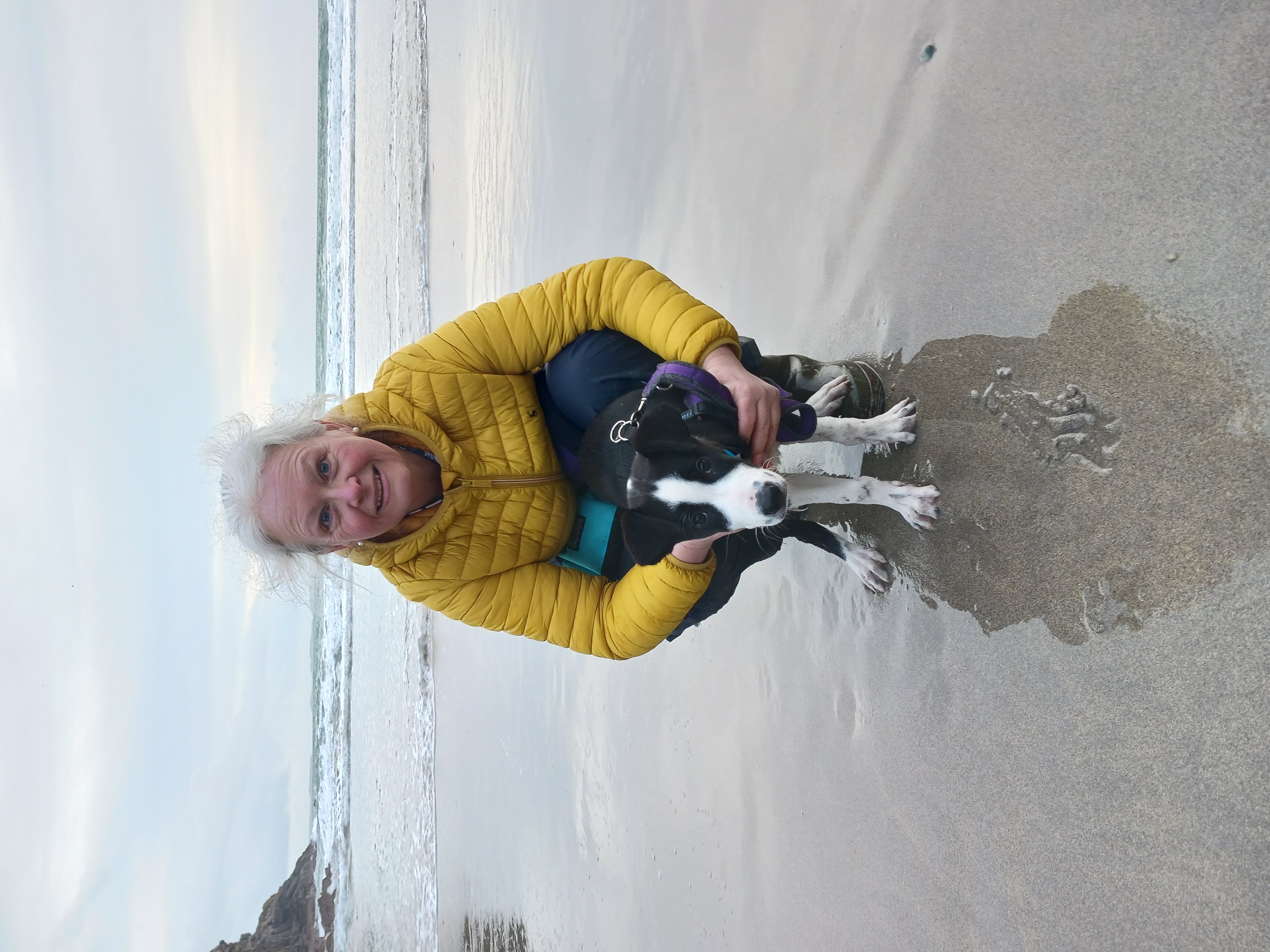That'll Do - Retiring Your Working Dog
- Morag Sutherland
- Companion & Working Animals
Retiring a dog can be challenging for the dog AND the human, there's no doubt. The relationship with an essential work colleague, without whom your job would be nigh on impossible, is pretty intense.
Thinking ahead is key to managing this successfully for both parties. We all know that we are going to have to retire our dogs, and however uncomfortable that idea is, we have the ability to make a plan to minimise the impact on our dogs and ourselves.
An obvious thing is to bring on their successor well, so that our reliable workmate doesn't have to do all the work. That's really hard - we're all pushed for time, and even if you send a dog away to train, or buy in a part trained successor, you need to build that new relationship (without putting the older dog's nose out of joint!) and allow the youngster to get to know your routines and your farm layout etc. That takes time. Don't wait to introduce a newcomer when your current dog is obviously failing.
Sometimes, we're lucky, and older dogs tuck a youngster under their wing and take a back seat, stepping in only when things go pear shaped. That's the dream - voluntary retirement! More often, our workmate will plod on as they have forever, despite feeling their age and through the aches and pains of arthritic change. These are almost inevitable in a working dog, and there’s SO much we can do to help - more to follow on this. WE are the ones who have to set things up so that they gradually step back graciously.

Dogs are very sensitive and receptive to patterns. That's how our sheepdogs operate at the most basic level. They see us make a move, they respond - it's like dancing with a familiar and skilled partner. We can use this in our favour when the time comes to retire a dog. It's another "thing to think about" of course, but we owe it to our beloved workmate to do just that. Start to think about all the things that say "we're off to work" and change them. It doesn't matter how you change them, just make them different. For example, if your dog responds to you pulling on your overalls, expecting to go off to work, then BEFORE you put on your overalls, close them in with a tasty chew. If they expect to fly out of the back of the truck as you reach a field, then transport them in a different way, in the cab, or in a crate. Do something else, before allowing them out. You get the idea.

Then, you start over weeks and months to leave them behind for increasing amounts of times (perhaps they only travel with you for a morning instead of all day, or they come every other day and the young dog the days in between). It's important that you still DO spend time with them, but doing different activities suited to their age and health. It could sometimes simply be sitting with them of an evening in front of the fire.
The important thing is that they know they are still loved and valued, they can still "do a job" but that job suits their life stage. It might be something in the house - bringing you useful items, or, heaven forfend, toys!
Something that is all too often overlooked is what can be done to keep our dogs fit and healthy, so that it's longer before we need to consider their retirement. This starts from day one, as a puppy.
Feed them well - you wouldn't buy a new modern tractor and put old fashioned heavy engine oil in its engine. Don't do that to your dog either! Feeding a species appropriate diet is vital - we are all made of what we eat, and what we eat is fundamental to our health. If this is a new idea to you, this is a highly recommended source of support: https://thenutritionvet.co.uk/.

DON'T allow your dog to fly off the quad at speed (the odd crisis situation when they're fully grown, fair enough, but not numerous times a day). This puts inappropriate forces through joints, and sets them up for arthritis starting earlier.
Handlers for working gundogs and competition dogs (agility, for example) are so very much better these days at considering the dog's health - dogs are warmed up and cooled down before and after exercise. We can learn a lot from this. Don't allow a wet dog to sit around getting cold - invest in a drying coat, or a fleece jumper (your stock may need to get used to your dog being a strange shape and colour, remember) to prevent them getting wet in the first place. Prevention is ALWAYS better than trying to find a cure.

Physical checks for your dog are a seriously valuable investment (and, the same applies to you). Seeing a chiropractor, physio or osteopath regularly (as for any athlete) is priceless. Our dogs work incredibly hard and subject their bodies to all sorts of strange torsions when they're focussing on the job in hand, and also, they get kicked and butted from time to time, especially when they’re new to the job. Use your remedies as appropriate, and don't assume that all is well just because your dog seems fine. Checking at this point can extend their working life significantly.

It's never, ever easy to retire a dog - but it is inevitable, and must be planned for in good time. That way, it can be an enjoyable change for all concerned rather than something incredibly stressful and upsetting to everyone involved.
About the author:

Morag Sutherland is a co-founder and Director of CAM4animals. She is a Registered Veterinary Nurse and Licentiate of the Faculty of Homeopathy (RVN) working in an integrative veterinary practice. She has an extensive background in canine behaviour and species-appropriate animal nutrition and enjoys supporting dogs, particularly Collies, moving to pet homes through her own business at Gelert Behaviour.
To get access to a range of downloads and information on whole health farming for livestock and working farm animals you can sign up as a free member.